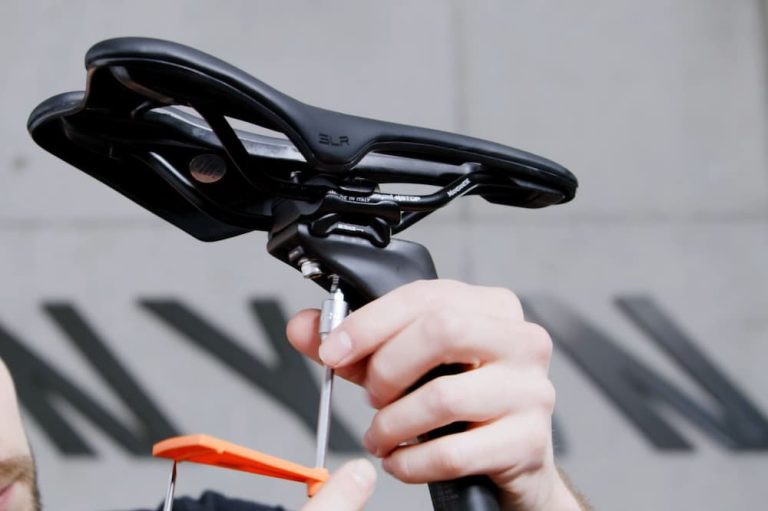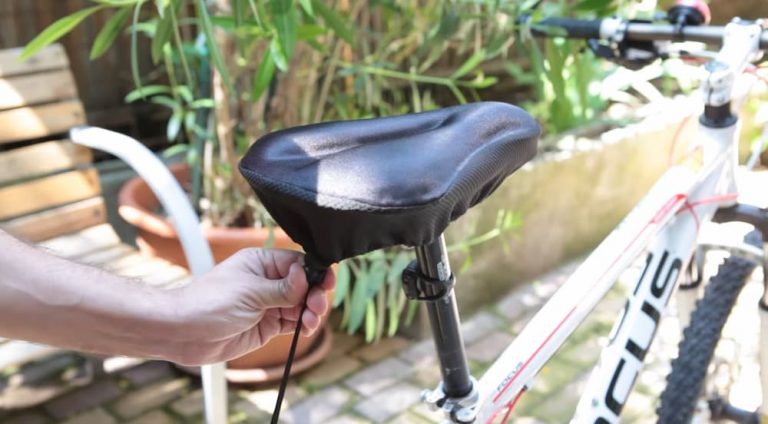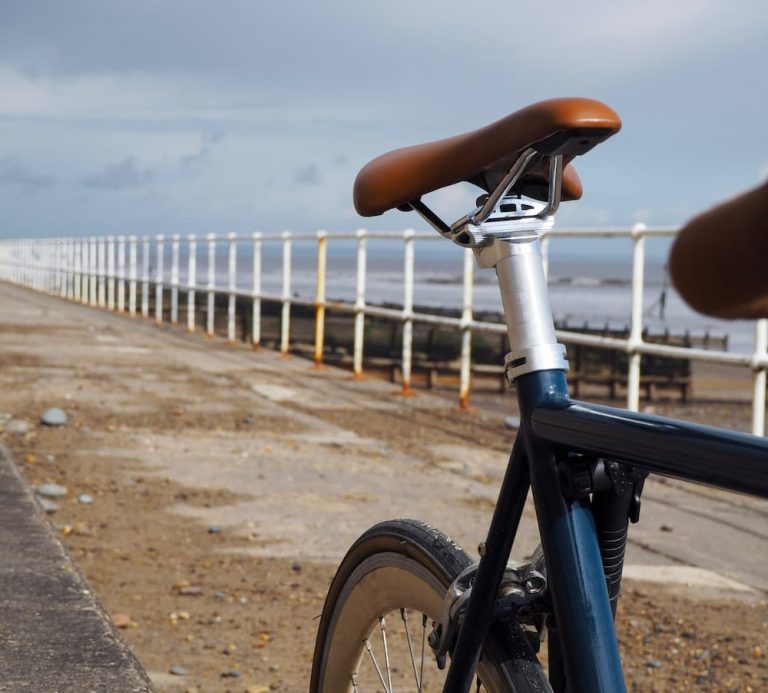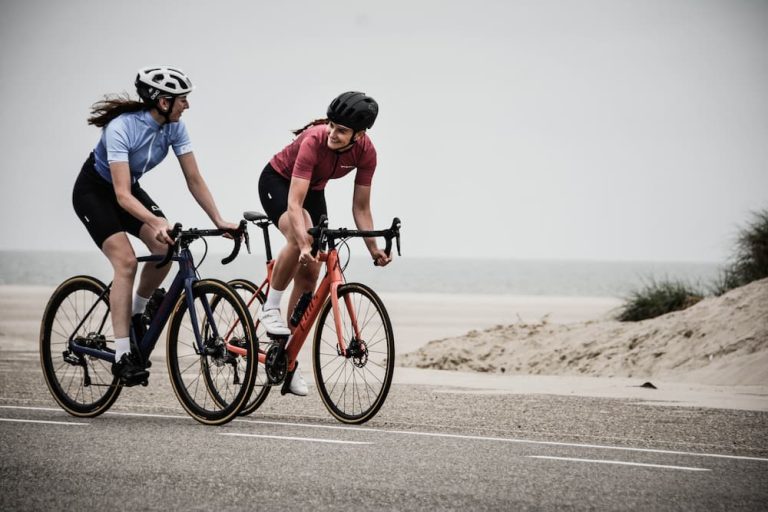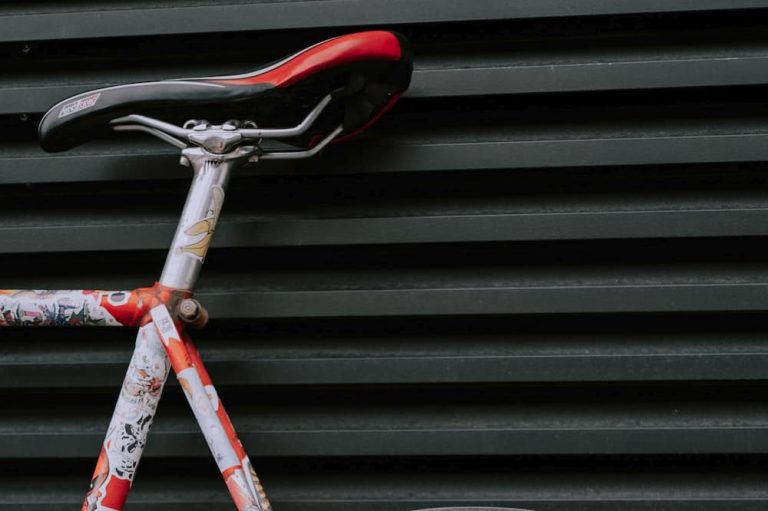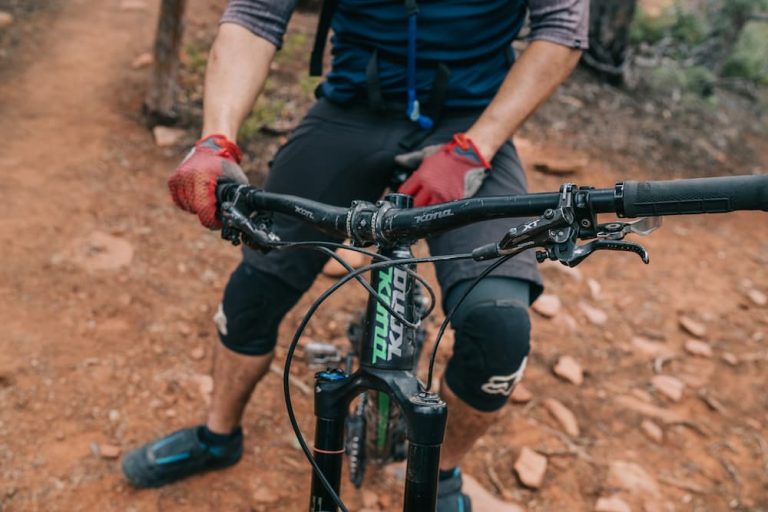Why Is My Bike Seat Moving Side To Side?
For many, riding a bike may be a hobby, a passion, or even a form of meditation. You would want the experience to be as smooth and comfortable as possible. However, it could get unpleasant very quickly when you start to notice all the minor complications showing up.
One such problem may be the bike seat keeps moving from side to side when you ride.
There are a plethora of reasons why the seat of your bike may be gliding left and right. Further down this article, we will learn why your bike seat keeps moving from side to side and how we could tackle this issue.
Contents
Why Does My Bike Seat Keep Moving Side To Side?
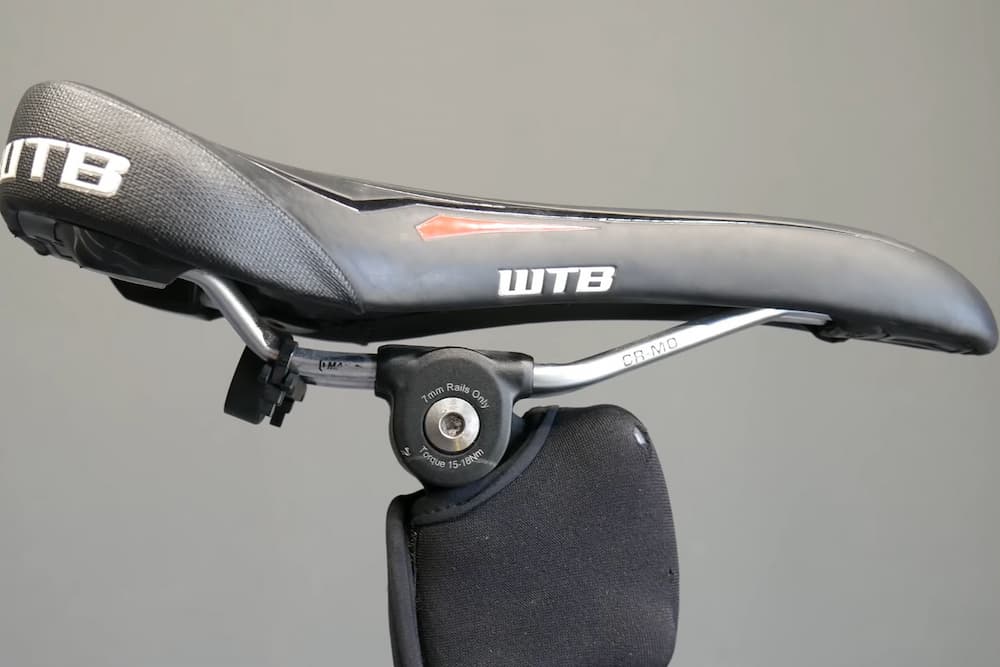
One problem that could wash away all the enjoyment of riding a bike down the drain is when the seat starts to swivel left and right.
Not to be confused with the issue of your bike seat tilting, where the seat tilts forward or backward. This can be fixed by replacing the teeth on the clamp that adjusts the seat’s tilt. We will further explain this problem in another article.
Let us get to know the various reasons.
Loose Clamps
When it comes to your seat swinging left and right, it is probably due to the clamp attached to the seat becoming loose over time. The first task would be to disassemble the seat and the seat post clamp. No, we won’t judge you for sticking that gum underneath.
Instead, we want you to check for dirt and debris. Dirt and debris clog the seat junction, causing a loose fit for the seat. It also facilitates rusting around the nuts and bolts, further accelerating the problem.
Check whether the clamp is tightened enough. The stem may be held in place by two types of connection; a lever or a nut and a screw connection.
You will need an Allen key to fix the problem with a lever connection. If it is a nut and screw connection, it is best to use an adjustable wrench.
Worn Out Nuts And Bolts
Another reason your bike seat may be moving side to side is that the nuts on the seat clamp are not tightened enough or are worn out. We have previously mentioned that tightening the clamp requires knowledge of the type of clamp in the first place, so check the type of connection the stem and the frame has.
If you see the bolts are cracked and threads sticking out, it is high time you get them replaced. Worn-out nuts and bolts do not offer a secure connection with the seat; thus, it is prone to moving sideways, especially if the rider is overweight and uses a heavy-duty seat.
Insufficient Grease
In most cases of seat swiveling, the situation may be that the seat post has not been greased properly. It may sound very counterintuitive to apply grease, as the first thing that would come to your mind would be that the seat post would move even further.
Though, this is not the case. Without a generous coating, the bike’s seat post does not have much to adhere to, so it moves within the frame it is sitting in. This is why your bike seat keeps moving from side to side.
Wrong Diameter of the Seat Post
The last problem that may cause your bike seat to keep moving side to side would be installing a seat post that is not of equal diameter to the inner pipe.
When assembling your bike or installing a new seat, it is essential to check whether the seat post is the same diameter as the inner pipe. If not, the seat will be prone to move. This is because there is room between the post and the inner tube. I have seen this problem with a few non-standard saddles like noseless bike seats.
How To Stop The Bicycle Seat From Twisting Around?
Now that we have identified why your bike seat keeps moving side to side, let us also go through the recommended fixes for each scenario.
Tighten Clamp
We previously mentioned two types of connections holding the stem and the frame – a lever connection and a nut and bolt connection.
For a lever connection, you have to find the right balance. To alter how tight you want to be, you must open the quick-release lever to expose the adjustment knob.
The more clockwise you turn it, it will tighten, but remain cautious of not over-tightening as doing so will lock the release lever. You have to strike the perfect balance of tightening the clamp to hold the stem in place but not too tight so the lever cannot be closed.
Use your adjustable wrench to tighten the screws for a nut and bolt connection by turning the wrench clockwise. The screws may not be tight enough as you may not use the proper technique or products to tighten the screws. When it comes to ensuring the tightest fit, use the laws of physics. A longer wrench provides greater torque, thus will make it easier to apply the most force.
You can also soak the fasteners in vinegar to remove any rust buildup. Lastly, using a bit of grease on the bolts will allow them to rotate deeper into the groove without applying much torque.
Replace Nuts and Screws
Over time the nuts and screws get damaged as they are exposed to weather and overtightening. This causes the nuts to wear out and break. The best solution is to replace the worn-out ones with new ones.
Get the Correct Diameter Seat Post
To ensure that the seat post fits right in the inner pipe, you must find the right size for your seat post and tighten the clamp. A tight fit will ensure that the post stays in place.
In most cases, this fix would be to buy the perfect size for your seat post, ensuring it snugly fits.
Reapplying Grease
A light coating of grease applied to the seat post aids in stability and hold. The adhesive properties of grease help the seat post adhere to the inner pipe. The coating also prevents it from rusting.
You use a carbon assembly paste instead of frames made of carbon fiber. This is because grease reacts with the carbon body, causing damage to it.
Conclusion
The more you ride your bike, the more you fall in love with it. But it comes with a catch. Over time, the wear and tear causes the bicycle parts to degrade, including the bike seat. We have mentioned all the reasons why the seat may keep moving from side to side. We have suggested various solutions – starting from cleaning dirt buildup within the inner pipes and clamps attached to the seats, greasing the seat post to provide better adhesion, tightening the bolts, and ensuring that the post fits perfectly in the inner pipe to give a snug fit.
Whatever the problem, it should never hold a biker back and prevent them from enjoying the thrilling experience of the world. With the help of this post, we hope that you are now well equipped to fix that seat and rekindle your love for exploring around with your best friend, your bicycle.
Related Articles:

